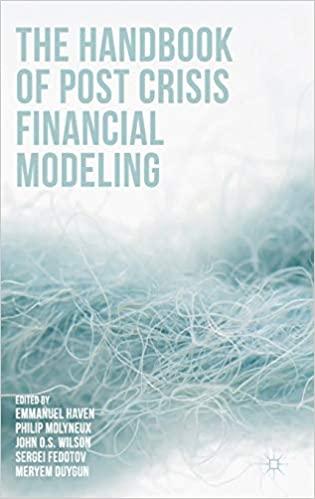Question
Choice 1 is 100 percent stock options with a four-year vesting schedule and a 10-year life. Choice 2 is 50 percent stock options and 50
Choice 1 is 100 percent stock options with a four-year vesting schedule and a 10-year life. Choice 2 is 50 percent stock options and 50 percent performance shares, which are based on the companys total shareholder return compared with the S&P 500 over a three-year period.
"The first two choices are catering to people who are willing to roll the dice," Herman says, adding that the payouts are vulnerable to market conditions.
The third and fourth choices are quite different. They are based on "economic value added," a metric devised by Best Buy that uses an internal formula that changes from year to year. They involve the meeting of one-year performance targets, but employees cant access the rewards for three years.
Choice 3 offers 50 percent stock options and 50 percent restricted stock, which is awarded at the end of three years for performance measured against the companys economic-value-added goal at the end of 2007. Choice 4 offers 50 percent restricted stock and 50 percent performance units, both earned at the end of three years, based on company performance against the economic-value-added goal at the end of 2007.
It might sound like a lot of delayed gratification, but at the end of 2007, employees can clearly see what they will get three years later, Herman says.
1. why do you think so many of Best buy executives opted for choice 1 or 2? What would you do to encourage more employees to adopt choices 3 and 4?
2. does this best buy compensation program satisfy line of sight requirements? Which of the four choices do you think has the most direct line of sight?
3. what additional compensation elements would you add to the best buy compensation package?
Step by Step Solution
There are 3 Steps involved in it
Step: 1

Get Instant Access to Expert-Tailored Solutions
See step-by-step solutions with expert insights and AI powered tools for academic success
Step: 2

Step: 3

Ace Your Homework with AI
Get the answers you need in no time with our AI-driven, step-by-step assistance
Get Started


